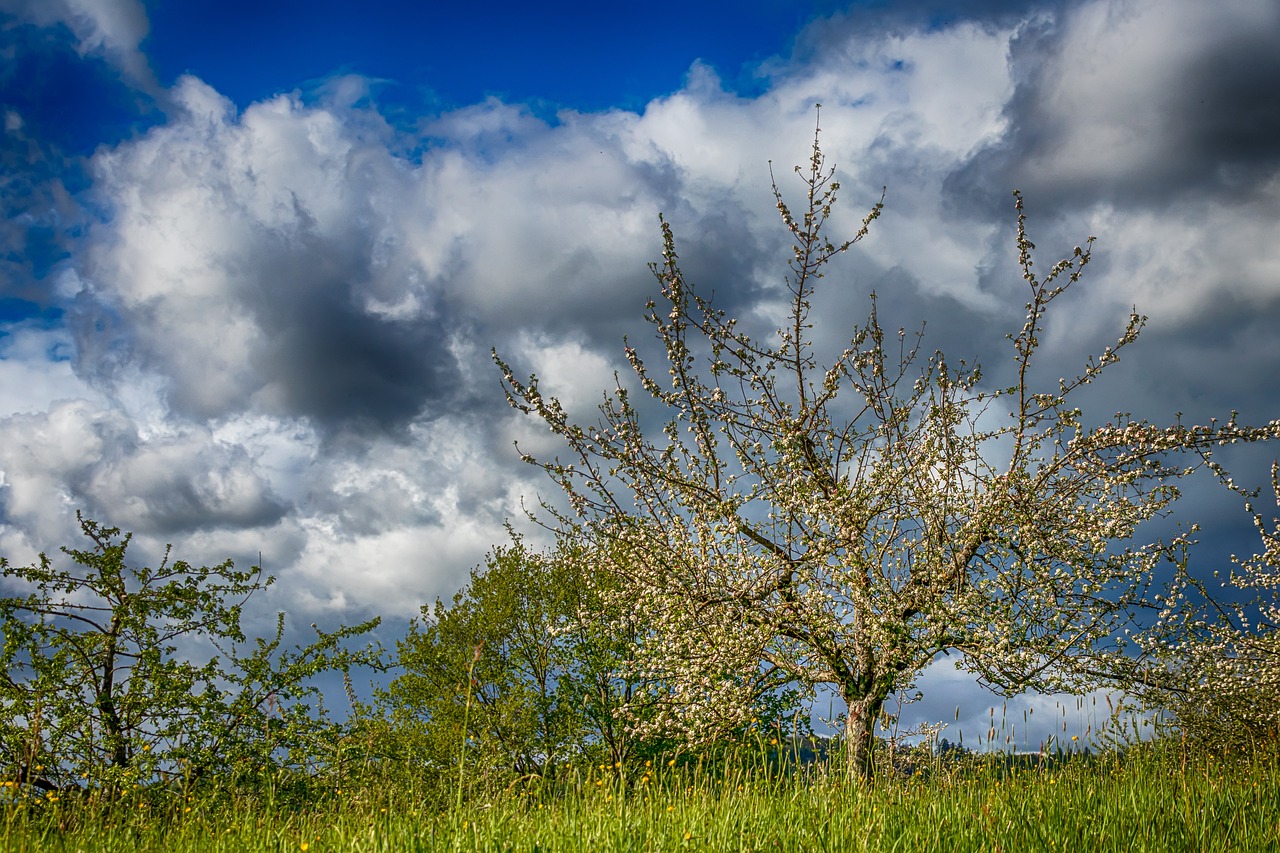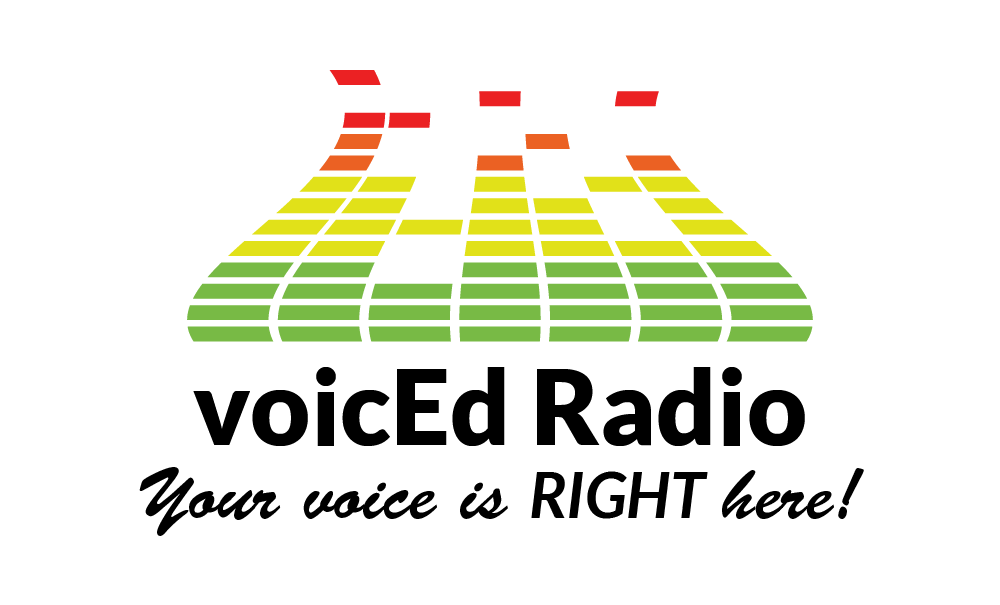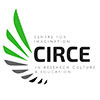by Petra Mikulan, Faculty of Education at The University of British Columbia
…imagination, so much more than merely a fanciful escape from reality, is a crucial tool for envisioning (im)possible futures otherwise.
Recently, I listened to a podcast featuring two remarkable educators discussing eco-social justice, imagination, collectivity, land-based pedagogies, and the storytelling of the earth. In EP 10 Hope is in The Collective: On Leading Within Community For Eco- Social Justice, Yi Chien Jade Ho and Victor Elderton lead a conversation on imaginative community organizing and leadership, which was incredibly inspiring and left a lasting impact on me. Perhaps less the content of their conversation itself, and more their brilliant riffing of off each others’ ideas, centering radical difference of the human and more-than human world throughout their sonic engagement. It prompted me to consider how their ideas could be integrated into a framework for public pedagogy. Which leads me to the concept of “permagogy.” As the two educators spoke, it became evident that imagination, so much more than merely a fanciful escape from reality, is a crucial tool for envisioning (im)possible futures otherwise. They argued that collective imagination—the shared capacity to dream up alternative possibilities—is especially vital for eco-social justice, where innovative, socially just and transformative approaches are urgently needed. Collective imagination allows communities to break from the constraints of existing narratives and to dream big about what could be.
In the context of education for eco-social justice, collective imagination is crucial. It empowers individuals to not only understand the complexities of climate change but also to envision and create just futures. Environmental education for eco-social justice should do more than inform; it should inspire. This is where permagogy comes into play. Permagogy would combine the principles of permanence and pedagogy, already rooted in Indigenous land stewardship principles, ecological sustainability and resilience. I am here inspired by permaculture, which advocates for sustainable agricultural practices that centre the edges, borders, margins and the diversity of ecosystems and metabolic health of human and more-than-human symbiosis. I am reminded of the words by the late bell hooks how “marginality as much more than a site of deprivation … it is also the site of radical possibility, a space of resistance” (hooks, 1989, p. 20). Thinking permagogicaly would be thinking from borderlands that are made disposable by the colonial matrix of power but nonetheless resist and refuse it. Permagogy can imagine ecologies of knowledges from outside of modernity but in decolonial relation to it (Anzaldúa, 1987). Permagogy would extend this concept to education, focusing on learning that is deeply interconnected with ecological principles and temporalities. Permagogy emerged from my reflections on how integrating Jade’s and Victor’s insights on human and non-human relations that make up and live at the edges, and borders, which if placed at the centre, can begin to inspire otherwise imaginative framework for public pedagogy. Each in their own way, Jade and Victor highlighted the cyclical nature of storytelling of the earth, contrasting sharply with the linear, exploitative narratives that dominate mainstream education. I imagine permagogy as a framework that extends the public sphere to include the long-term impacts of our actions in terms of generations past, present and futures, rather than immediate outcomes.

One of the podcast’s most compelling moments was the discussion on the role of storytelling and imagination. Their conversation made me think about the importance of ecological temporalities, feminist speculative narratives, and decolonial critique in eco-social justice education. Lately, in my own anxiety to imagine futurity otherwise at the ‘end of the world’, I have turned to reading across speculative fiction, Afrofuturism (Butler 2021, Butler 2023, Jemisin 2015, Gumbs 2018) and Indigenous futurism (Dimaline 2017, Roanhorse, 2018). The podcast made me think how, particularly the feminist SF storytelling techniques of imagining radically different possibles for a future in the interest of the commons, can disrupt linear notions of time and offer imaginative spaces for envisioning alternative futures. Permagogy would take seriously the modalities of imagination in such speculative narratives, inviting adults living in precarious environments to become empowered by exploring “as-if” and “what-if” scenarios against the grain of neoliberalism and its logic of urban and environmental gentrification in their communities. Permagogy (in contrast to ped/agogy) not only disrupts entrenched thinking patterns that place humans at the centre, but also opens up new possibilities for leading in and leading out our collective imaginations for ecological resilience and justice. In this sense, one of the most radical aspects of permagogy would be how it might redefine imagination itself. Many literary and non-literary narratives often center human imagination, privileging human experiences and perspectives. Permagogy, however, would invite us to think beyond these confines, incorporating the imagination of the land and other-than-human entities. In Victor’s intimations, how would the salmon tell their story? This shift encourages a deeper ecological awareness and fosters a sense of interconnectedness that transcends anthropocentric views. This is hugely important for enlisting radical imagination to do the work in public pedagogy, as it pays attention to the decolonial critique with deep care, accountability and humility, challenging conventional environmental education that so often excludes and marginalizes certain voices and knowledge systems, making the edges of our societies ever more opaque.
Learning from Indigenous knowledges of land stewardship, permagogy then would require a fundamental shift in educational paradigms, which has already been met with so much resistance from traditional institutions and educators. Like in permaculture gardening and farming, centering diversity, the margins and taking care of the edges in collective imagination otherwise will demand much more time and effort to build.
References
Anzaldúa, G. (1987). Borderlands/La Frontera: The new Mestiza. Aunt Lute Books.
Butler, O. E. (2021). Parable Series 2 Books Collection Set by Octavia E. Butler. Grand Central Publishing Ltd.
Butler, O. E. (2023). Lilith’s Brood Series Octavia Butler 3 Books Collection Set. Headline Ltd.
Dimaline, C. (2017). The Marrow Thieves. Dancing Cat Books.
Gumbs, A. P. (2018). M Archive: After the End of the World (Illustrated edition). Duke University Press.
hooks, bell (1989). Choosing the margin as a space of radical openness. Framework: The Journal of Cinema and Media, 36, 15–23.
Jemisin, N. K. (2015). The Broken Earth Trilogy: The Fifth Season, The Obelisk Gate, The Stone Sky. Orbit.
Roanhorse, R. (2018). Trail of Lightning. S&S/Saga Press.
Hear more from our leaders in the Cultivating Imagination podcast series.


